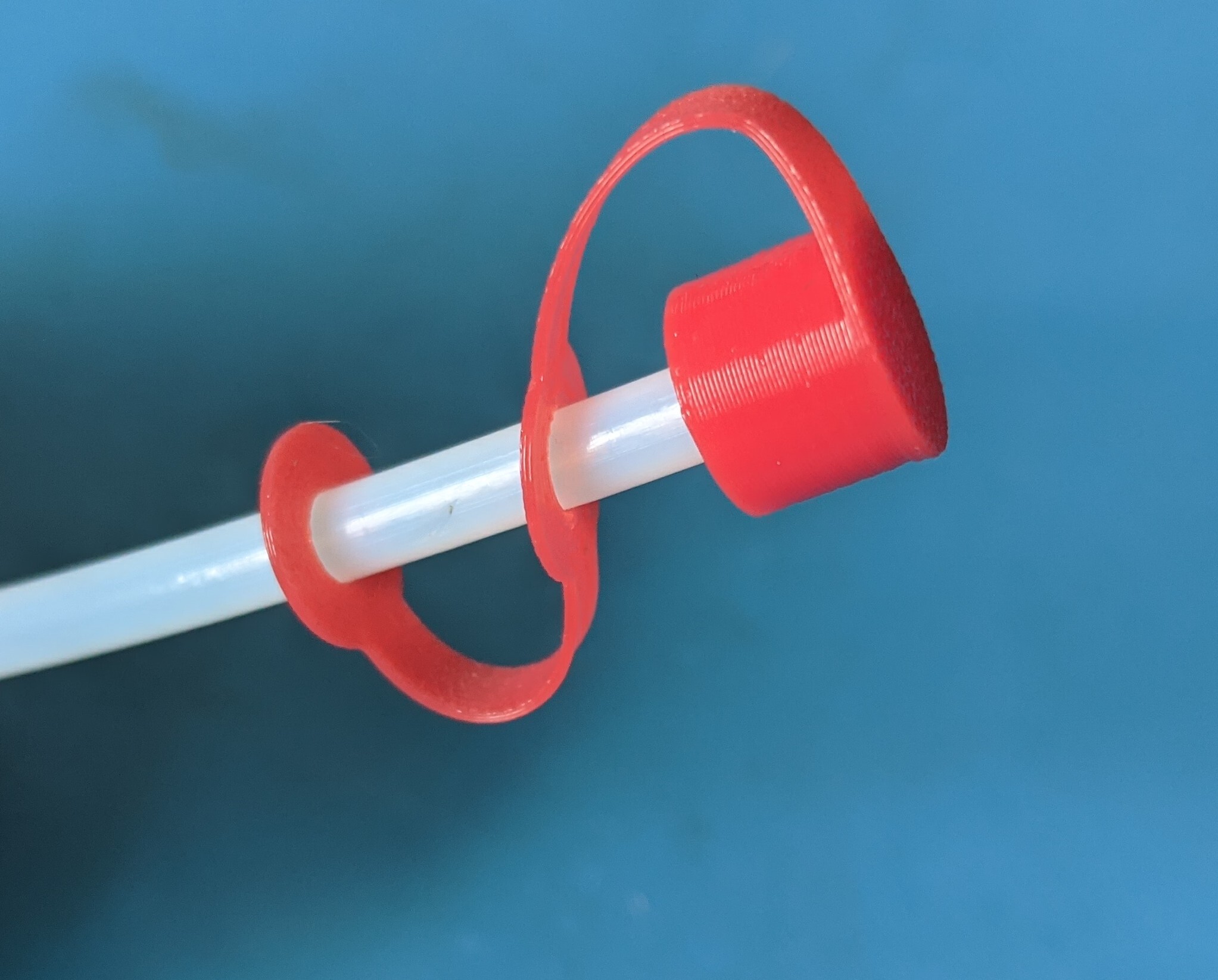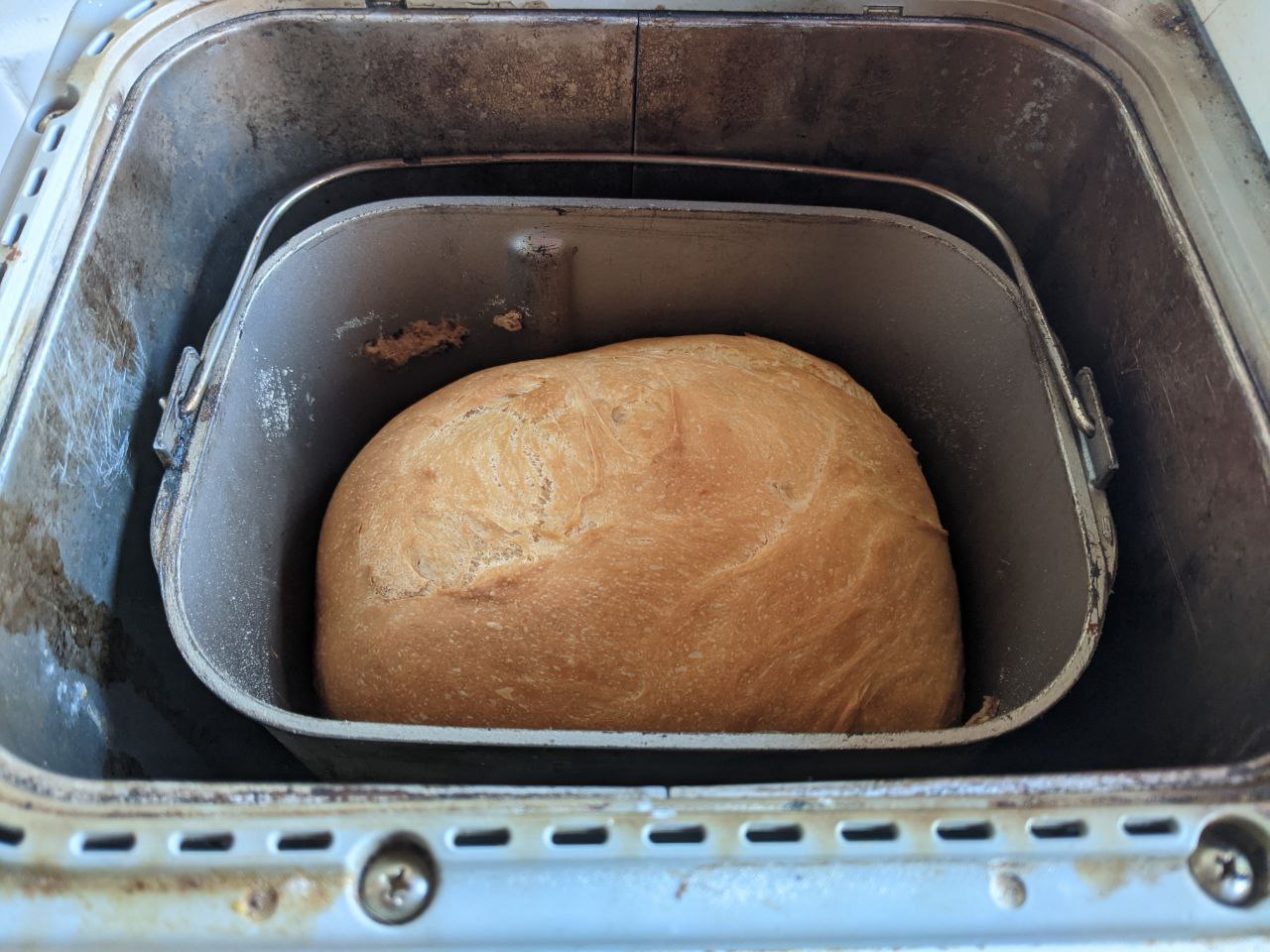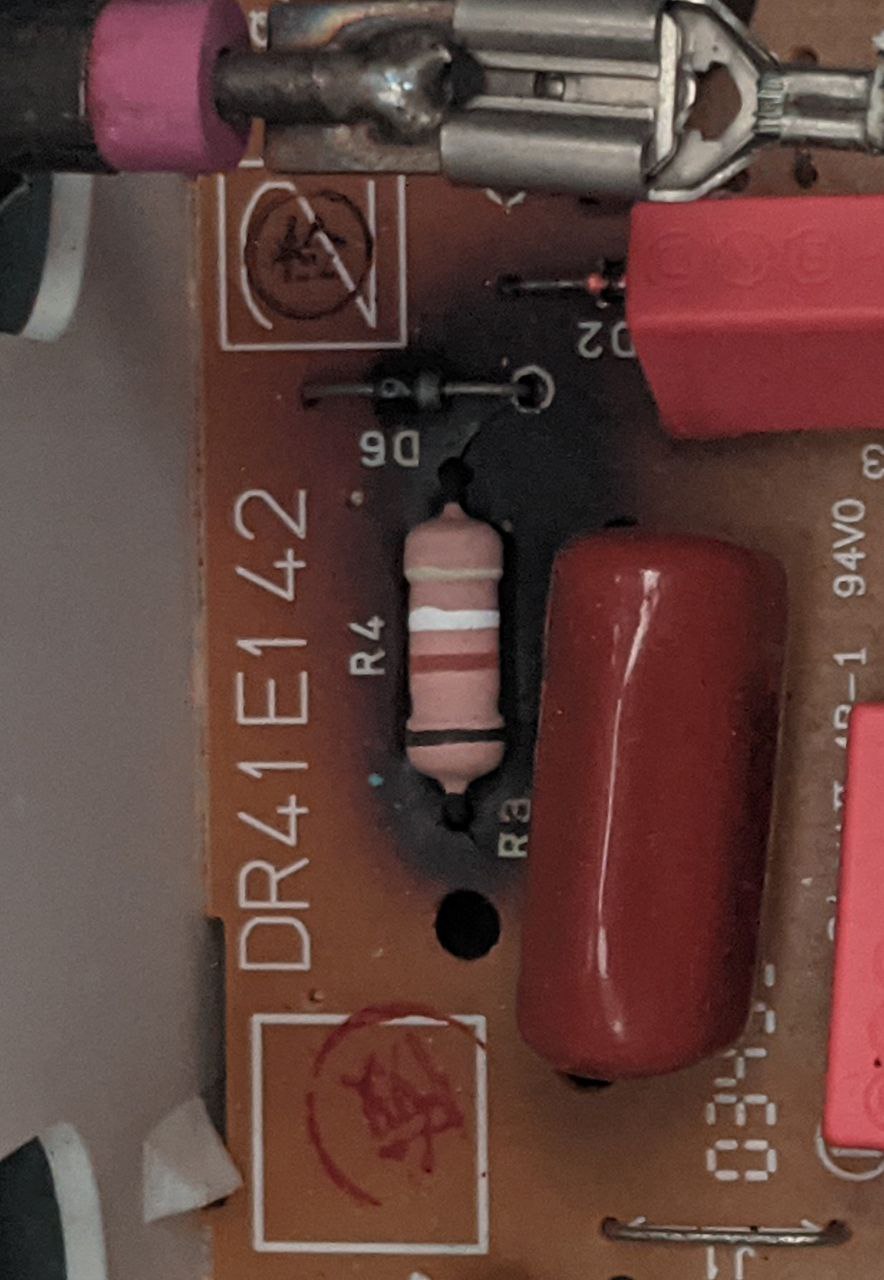Bad. I have a Raspberry Pi 4 hanging from a HDMI cable going up to a projector, then have a 2TB SSD hanging from the Raspberry Pi. I host Nextcloud and Transmission on my RPi. Use Kodi for viewing media through my projector.
WaltzingKea
Four loafs of bread later with no issues, opened it up and everything looks fine :)
Yeah, didn't like the ones that would just slide down when you removed the cap.
The case is basically fully metal, just a bit of plastic inside for mounting the PCB to and a few other bits of plastic outside. Plus there is a temperature fuse in the case also.
From the resistor size (11.5 x 4.5mm) I think it would have been a 2W resistor when comparing to sizes on Digikey. I made a 500 Ohm 2W resistor from 8 1/4W 1K resistors then put a larger resistor in parallel to that to bring it down, measured it to 489 Ohms.
I'm going to run it a few times then open it up again to see if there is any new damage to the board before returning it.
Thanks! I'll try replacing it with a 490 ohm resistor and see if it works again.
The element in the bread maker looks like it came loose a bit and made slight contact with the internal metal housing. I wonder if that caused the resistive element to sink more current than the PCB was designed for, burning out the resistor.



Yeah I guess heat-shrink would do the job most of the time. But for when you have connectors that are too big to fit the right heat-shrink over or want to splice more than 2 wires together and want a waterproof seal over them this could be useful.